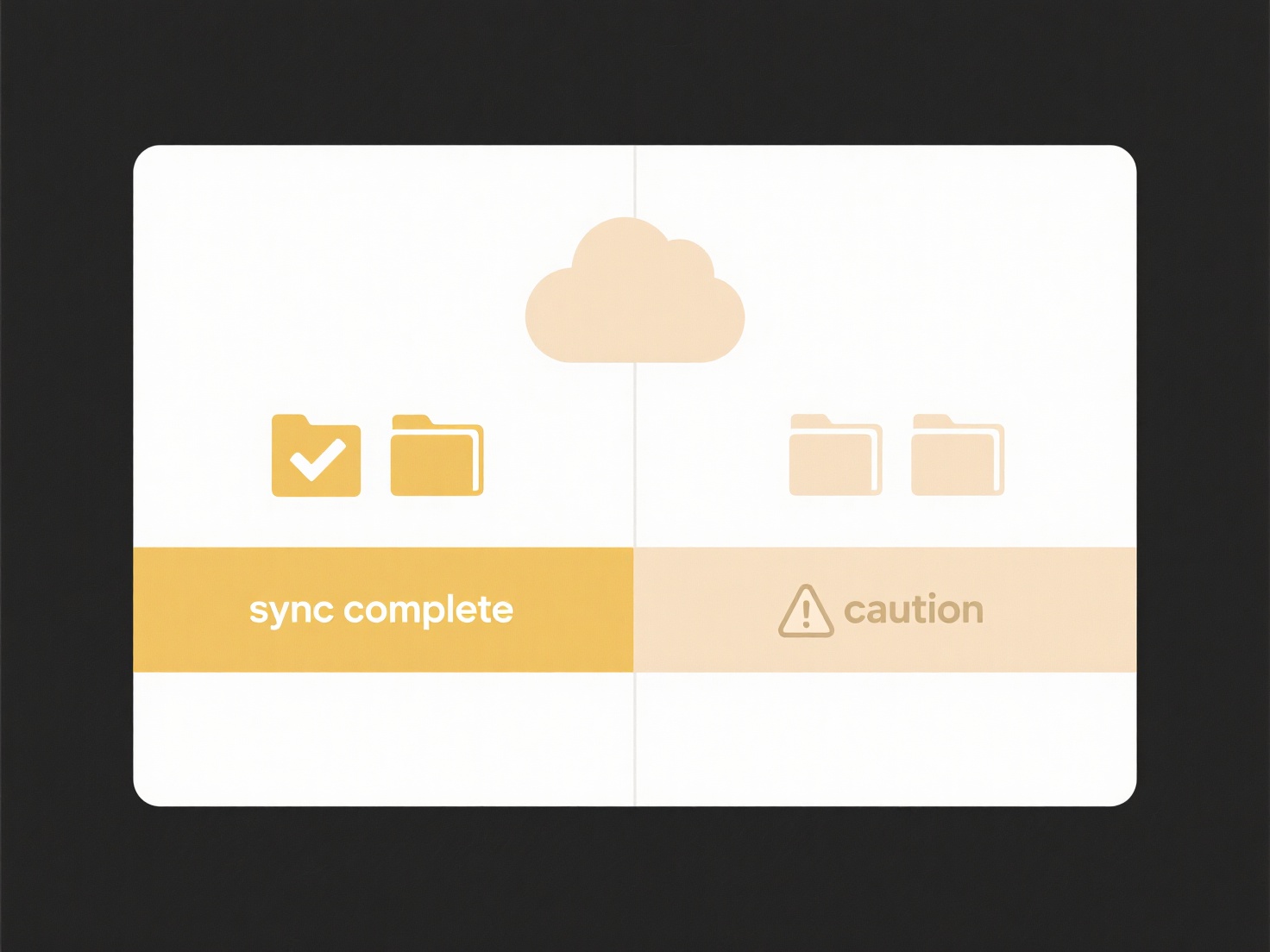
Sharing files with WeTransfer, Dropbox, or Google Drive involves uploading your files to their online cloud services and then sending a secure link to recipients, who can download the files without needing the same service. WeTransfer is designed primarily for sending large files quickly via email; it doesn't require account creation for senders but files are temporary. Dropbox and Google Drive offer persistent cloud storage: your files reside online, organized into folders. Dropbox excels at syncing files across devices automatically, while Google Drive is deeply integrated with Google Workspace apps like Docs and Sheets for real-time collaboration.
To use these services, create an account (except for WeTransfer basic sends), upload files via their website or app, and click "Share". For example, you might use WeTransfer to email high-resolution vacation photos to family without clogging inboxes. Use Dropbox to share a client proposal folder where your team updates documents collaboratively. Use Google Drive to co-edit a budget spreadsheet during a virtual meeting. Many businesses rely on Google Drive or Dropbox for everyday document sharing and teamwork, while creative professionals frequently use WeTransfer for large assets.

The major advantage is ease and accessibility: share huge files or collaborate globally without physical drives or complex FTP. However, limitations exist: WeTransfer free files expire quickly, while Dropbox/Drive free tiers have limited storage; large uploads/downloads depend on internet speed; and sensitive data requires careful permission settings. Ethically, users must be mindful of data privacy, copyright, and service providers' access policies. Continuous innovation focuses on enhanced security controls and deeper integrations into workflows.
How do I share files using WeTransfer, Dropbox, or Google Drive?
Sharing files with WeTransfer, Dropbox, or Google Drive involves uploading your files to their online cloud services and then sending a secure link to recipients, who can download the files without needing the same service. WeTransfer is designed primarily for sending large files quickly via email; it doesn't require account creation for senders but files are temporary. Dropbox and Google Drive offer persistent cloud storage: your files reside online, organized into folders. Dropbox excels at syncing files across devices automatically, while Google Drive is deeply integrated with Google Workspace apps like Docs and Sheets for real-time collaboration.
To use these services, create an account (except for WeTransfer basic sends), upload files via their website or app, and click "Share". For example, you might use WeTransfer to email high-resolution vacation photos to family without clogging inboxes. Use Dropbox to share a client proposal folder where your team updates documents collaboratively. Use Google Drive to co-edit a budget spreadsheet during a virtual meeting. Many businesses rely on Google Drive or Dropbox for everyday document sharing and teamwork, while creative professionals frequently use WeTransfer for large assets.

The major advantage is ease and accessibility: share huge files or collaborate globally without physical drives or complex FTP. However, limitations exist: WeTransfer free files expire quickly, while Dropbox/Drive free tiers have limited storage; large uploads/downloads depend on internet speed; and sensitive data requires careful permission settings. Ethically, users must be mindful of data privacy, copyright, and service providers' access policies. Continuous innovation focuses on enhanced security controls and deeper integrations into workflows.
Quick Article Links
How do I store large media files in the cloud?
Storing large media files in the cloud involves using internet-based platforms provided by companies like Amazon, Google...
How do I move all my documents to the cloud?
Moving documents to the cloud involves transferring files from your local computer or devices to secure internet-based s...
Can I automate backup of local files to the cloud?
Automating local file backup to the cloud involves setting up software or system tools to regularly and automatically co...